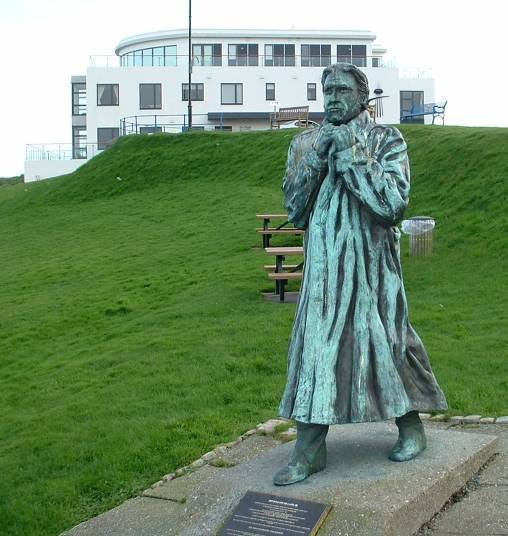The Royal National Lifeboat Institution (RNLI), a beacon of hope on the UK's treacherous seas, has stood guard over the nation's waters for nearly two centuries. This storied institution, which began as a modest initiative, has grown into a symbol of heroism and selflessness.
Our article traces the RNLI's evolution from its inception to its modern-day operations, highlighting the remarkable contributions of its volunteers, the vital role of donations, and sharing compelling stories from its rich history.
Origins and Early Years
Founded in 1824 by Sir William Hillary, the RNLI emerged in response to the alarming number of shipwrecks around the British Isles.


Initially named the National Institution for the Preservation of Life from Shipwreck, the RNLI began operations with rowing lifeboats, primarily in coastal towns like Whitby in North Yorkshire and Cromer in Norfolk. These early boats, manned by local volunteers, were basic but crucial in numerous daring rescues.
The Transition to Moto…
Keep reading with a 7-day free trial
Subscribe to Nostalgia Digital to keep reading this post and get 7 days of free access to the full post archives.



